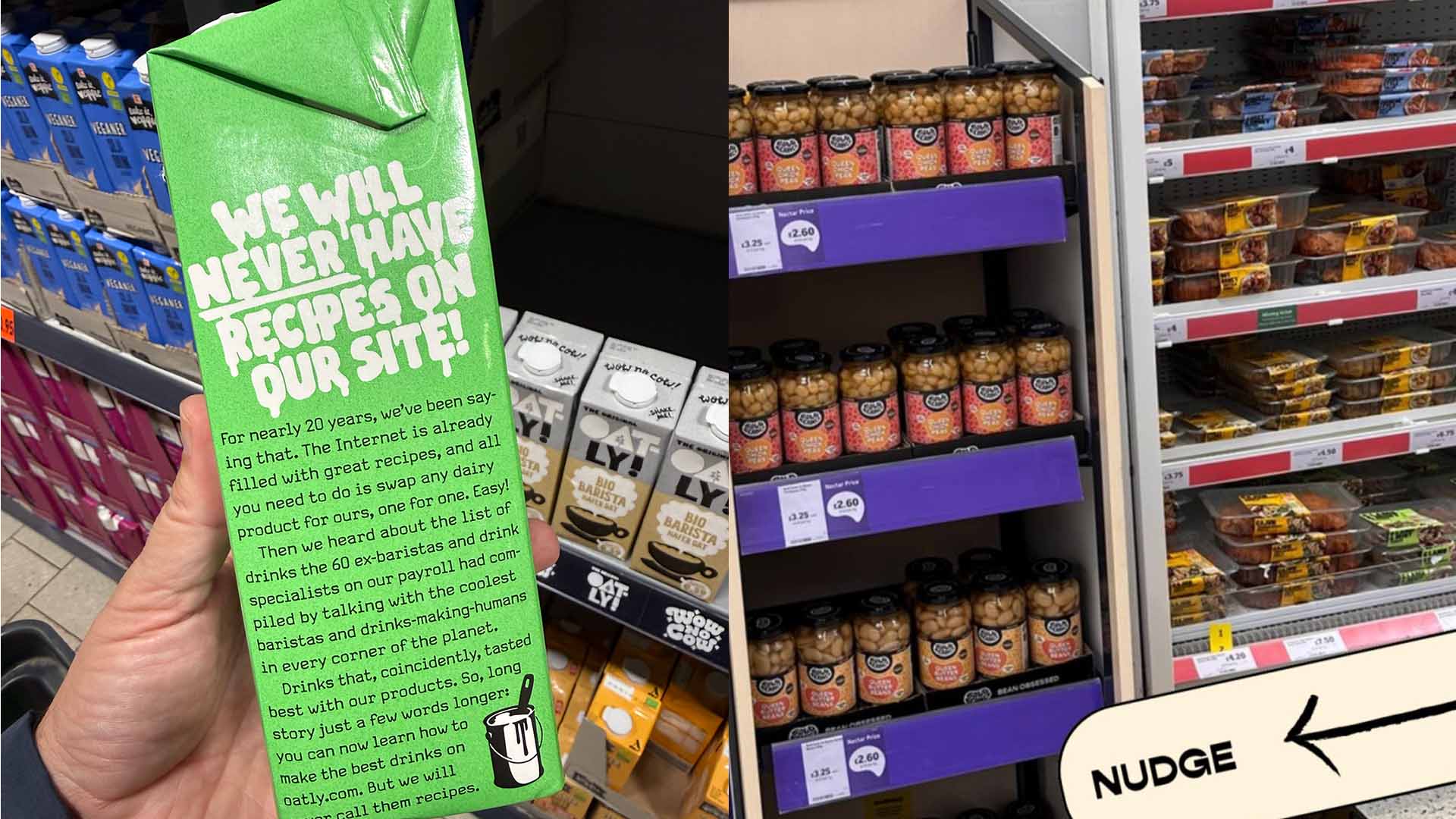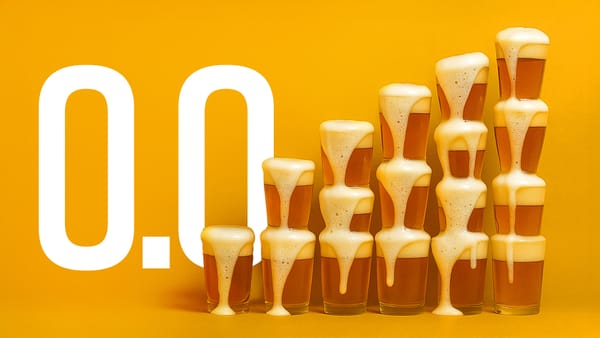UNSTUCK 034: The Great Mid Drift
As culture swings from extremes to moderation, food can lead the way.

As culture swings from extremes to moderation, food can lead the way.
Over the past decade, extremes have become the engine of culture. Outrage, hyperbole, and hot takes drove engagement as algorithms rewarded emotion over nuance. The middle ground collapsed, replaced by screaming matches, raw liver diets, and ice baths.
But by now the edge has been blunted. Extremeness has been so industrialized, so optimized for clicks, that moderation itself is becoming a counterculture. Call it The Great Mid Drift: the quiet return to balance, where being moderate, pragmatic, and even a little boring feels fresh again.
Normal As A Radical Act
The Virtue Guide to Culture trend report calls it out, choosing “mid” is now a radical act. Exhausted by polarization, identity splintering, and performative self-improvement, people are opting out, ignoring the algorithm, and doing normal things.
Dressing without a niche aesthetic, living without performing an extreme identity, and yes eating without a manifesto is becoming the new quiet rebellion. We’re talking white sneakers, straight jeans, navy sweaters, walking clubs and 10pm bedtimes.
And in food, perhaps more than anywhere else, the pendulum is swinging back toward the middle.
The World’s Best Restaurant Goes Mid
Few moments captured this shift better than Eleven Madison Park in New York. In 2021, chef Daniel Humm made global headlines by dropping meat entirely from his three-Michelin-star menu. It was hailed as radical, courageous, and inevitable. An inevitable milestone in the long march to the future of food.
But this year, meat quietly returned. Not in the steakhouse sense, but as selective, thoughtful dishes where animal protein is no longer the enemy. Humm called it a “rebalancing act”:
“It became clear that while we had built something meaningful, we had also unintentionally kept people out … the all-or-nothing approach was necessary to develop our expertise, but that too, comes with its own limitations.”
EMP’s journey is the Great Mid Drift in action, a cultural leap to the edge and back. The future of food, it turns out, is not a manifesto. It’s a menu of options.
From Extreme To Pragmatic
The same recalibration is happening in what – and how – we consume. Drinking, for instance, is no longer a binary choice between alcohol and abstinence. The rise of mid-strength drinks and the UK-born “zebra striping” trend (one alcoholic, one non-alcoholic drink in turn) shows how moderation is becoming stylish again.
The Germans have always had a word for it: Zwichenwasser. It literally means “between water”, or the simple act of hydrating between drinks. What was once common sense is now cultural currency, a way to stay social and balanced without losing your edge.
Likewise in food we’re seeing the decline of dietary tribalism. Consumers are happily mixing meat and plants without the identity politics of “meat-eaters” vs. “vegans”. Veganuary participations is flattening, and the most successful alt-protein brands are steering clear of the word “vegan” altogether. The industry is waking up to the biggest segment out there: people who just want variety, taste, and nutrition without a side of ideology.
Brands Finding Balance

Even the loudest reformers are mellowing. Oatly, once the poster child for sustainable food rebellion, still has its distinctive swagger, but its priorities have matured. Putting a CEO in an oat field to sing “Wow, no cow” has given way to seasonal look books and ready-to-drink matcha variants focused on the traditional category drivers of taste and health. CO2 emissions are relegated to a footnote on the website following 17 facts about Oatly and nutrition. Even the prophets of shock & awe have found their middle.
And then there’s Bold Bean Co, the brand we can’t stop talking about (and eating). Growing sales more than twofold, it’s reimagining beans for modern kitchens. Its placement in the meat aisle isn’t a gimmick, it transcends the tired meat-vs-plants debate by simply making dinner easier for shoppers and baskets bigger for retailers. That’s what balance looks like in practice: delicious, nutritious pragmatism over ideology.
A Toast To Normal
After a decade of purity tests, algorithmic extremes, and performative living, balance feels quite liberating. It’s about leaving the alt-protein bubble and re-entering the real world. Perhaps the future of food won’t belong to those who shout the loudest, but to those who make normal feel meaningful again. That’s something we’d toast to, perhaps with a mid-strength drink or two and a glass of zwichenwasser in between.






